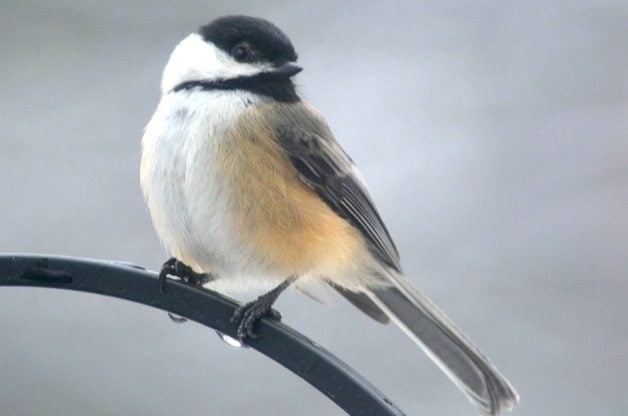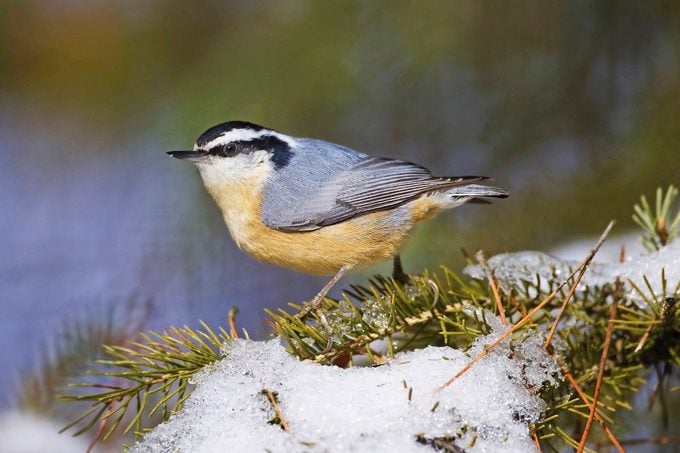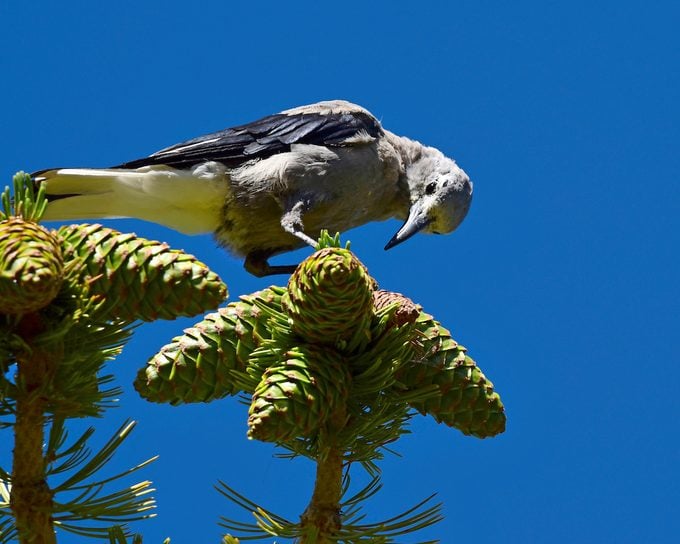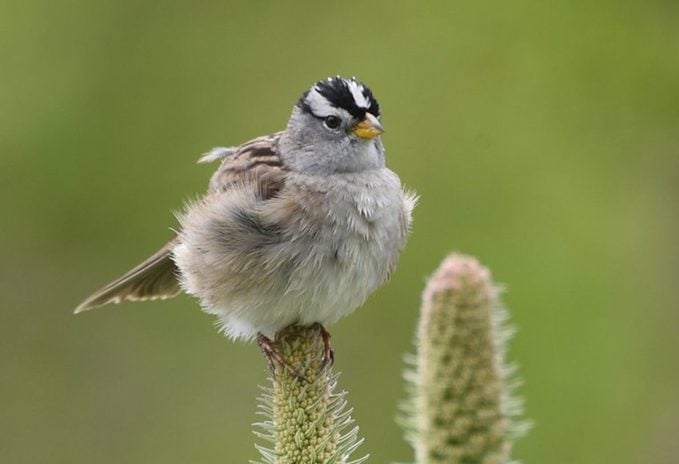Meet the Friendliest Birds in America
Updated: Jan. 11, 2023
Some birds stand out for their bold, curious and charming personalities. Learn why these are the friendliest birds in your backyard.
As a scientist, I dislike anthropomorphizing the birds I study. Most of the time I can easily argue away their near-human behavior. But there are a few species that, for their intelligence, appealing behavior and association with humans, are just exceedingly likable. Lacking a good scientific term, I think I’ll just call them friendly birds.
Meet the top 12 cutest birds in America.
Cheery Chickadees

The first group of friendly species is the chickadees. They frequent our yards and feeders so often that they would be impossible not to include. Seven species of chickadees are found in North America. One, the gray-headed chickadee, occurs only in Alaska, and even there requires so much searching that most Alaskan birders, including me, have never seen one.
Five species are regional. Carolina chickadees occur in the Southeastern United States. Boreal chickadees are limited to the boreal forest that covers the northern portion of the continent. Mountain chickadees are found in the Rocky Mountains, Mexican chickadees occur only in the far southern tip of Arizona and New Mexico, and chestnut-backed chickadees are found in the Northwest. Only black-capped chickadees occur across the whole of North America.
All the chickadee species share some traits, the most notable being their bold and inquisitive nature. They do not seem to fear, well, anything. I’ve watched a chickadee on a cold winter day fly down and land atop my ski pole as I paused along the trail. That bird eyed me with some curiosity before letting loose a scolding Chick-a-dee-dee! and returning to the branches above.
A friend who helped teach me about birds once told me, “If chickadees were as big as jays, nobody would go into the woods.” He may well be right. It seems counterintuitive, but to me it’s their boldness and courage that make them seem so friendly.
Discover the top 9 most beautiful birds in America.
Neighborly Nuthatches

Nuthatches are just too endearing not to be included in this group of friendly birds. North America has four nuthatch species: the brown-headed nuthatch of the Southeastern U.S., the pygmy nuthatch of the pine forests of the mountain West, the red-breasted nuthatch of the boreal forest and the higher elevations of the western part of the country, and the white-breasted nuthatch, which is distributed across most of the Lower 48 states.
As a group, they are as bold as chickadees, but without the attitude, often flying right up to a feeder even as it’s being loaded with seeds or peanut butter. They will perch vertically, upside down, on a tree trunk and wait patiently for their chance at the treat. In fact, it is this trait—their ability to perch head down on a vertical surface—that distinguishes them from all other species of birds. When not visiting feeders, they derive a good portion of their food from the insects hiding beneath the scales of tree bark. Their unique ability to scale up and down the trunk of a tree is a perfect strategy for such a search.
Check out the top 12 tips to attract birds to your feeders.
Nutty Nutcrackers

While several species of corvids—the family that includes crows, ravens and jays—are friendly, one group has earned the nickname of camp robber. Clark’s nutcrackers are the quintessential avian thieves. If you’ve picnicked or camped in the high conifer forests of the Rockies, you’ve probably encountered a Clark’s nutcracker. They appear almost magically from the forest, somehow knowing where there’s food to be found.
They are large gray jays with black wings, white outer tail feathers and intelligent dark eyes. Their main food source, apart from the opportunistic theft from camper’s backpacks, is the seeds of pines. In fact, they are so closely tied to pines that several species of conifer trees, including the whitebark pine and the southwestern white pine, depend almost entirely on the Clark’s nutcracker for seed dispersal.
They have an uncanny memory that can store the locations of thousands of seeds, which they cache as the pinecones ripen. That memory and the ability to acquire food are attributes I’d choose in any friend.
Discover 8 types of jays you should know.
Splendid Sparrows

The last species, the white-crowned sparrow, I include for personal reasons. In Alaska, they are among the most abundant songbirds during the spring and summer. I conduct a lot of field research, and whether I’m searching for nests in the boreal forest or surveying birds in the high alpine ridgetops, I am rarely out of earshot of a singing white-crowned sparrow. I’ve had them sing from the top of my tent as I camped in the tundra, and had freshly fledged juveniles land on my boot while I rested during a hike. It must be their constant presence in my life that makes me see them as friendly birds.
These species, more than many others, have chosen to associate with humans. They seem to like us. And, for me, that feeling is mutual. Their antics, courage and intelligence are striking, memorable and entertaining. And, like good friends, they are always around when I need them.
Next, learn 15 common backyard birds you should know.
